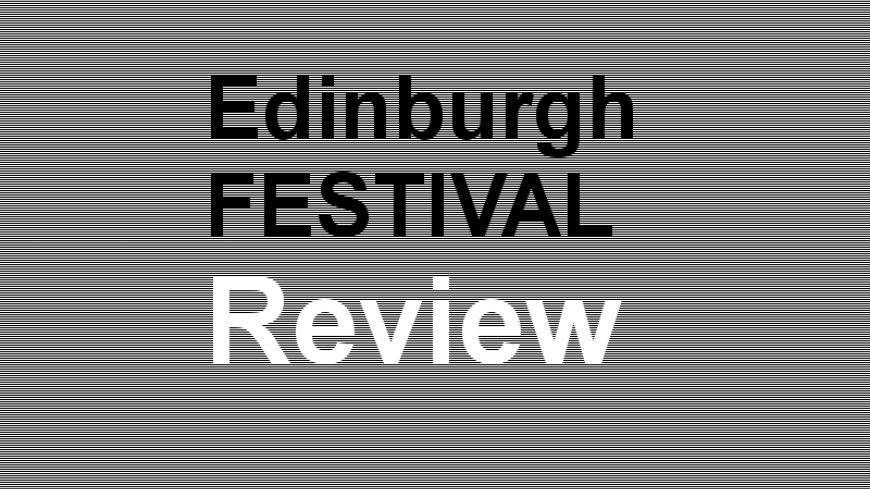
This first concert in a short series of five entitled Harmony and Humanity at Greyfriars Kirk had a most fitting subtitle: Prologue to polyphony. Its real title was Music from Eleventh Century Provence. Both titles were needed to fully describe this subtle and amazing start to what promises to be a most illuminating series.
11th century Provence became the cradle of the most exciting transition from sacred to secular music, moving from the rarified mystical worship of God and the Blessed Virgin Mary (BVM), sung in the monastic, communal setting of the ecclesiastical year to the emergence of the trouvères singing the praise of noble ladies in the Courts of Love set up by the secular and increasingly powerful Royal Families.
However, the pedestals, rituals, and refined manners of these ladies never reached half as high as the pinnacle occupied by the BVM, that consummate Ideal Woman.
The eagerly-awaited four-voice American Anonymous 4 was the ideal group to sing this gorgeous music. Their ethereal, pure voices that blend spectacularly well were exactly right for the lovely setting of Greyfriars Kirk. And the sell-out audience was witness to their reputation, especially since Anonymous 4 have now decided not to tour but only to sing by invitation.
Each of their voices achieved extrordinary feats of interwoven decoration and delicacy, in which the individual voice was varied in subtly different ways, yet always remained true to the integrity of the words and music of each piece - a tour de force where the sum was very much more than the parts.
Each piece that was sung is the result of the highest quality scholarly research, not only into the music itself but also into the context of the original manuscripts' time and traditions.
This was beautifully realised in the very first offering: 1000: a Mass of the end of time (a huge pre-occupation throughout the Christian world at that time). This was Anonymous 4's reconstruction of an Ascension Mass, gathering together popular contemporary plainchant of the time with a gorgeous insertion of an Alleluia from the Winchester Troper*: 'Ascendens Christus'. Here, the Alleluia was the centrepiece, standing out from the relatively undecorated Mass by a delightfully decorated rising emphasis on the long 'A' of Ascendens at its start, the thrice repeated 'hominibus' (humankind) to signify our debt to God for his gifts, and then ending with another long 'A' of the closing Alleluia where we seemed to detect each voice finishing a bare heartbeat afterwards creating a shimmer of sound.
The fervour and joy of arriving at the hugely important pilgrimage destination of Compostela in Spain came next. The joyful, resonant, polyphonic music of the Miracles of Sant' Iago is drawn from the Codex Calistinus, which has been in the Cathedral of Sant'Iago since 1150 AD. The relief at being delivered safely from the Moors through the intervention of St James's miracles shone through the music.
Onward to 1200 AD and the first named composer, Perotin emerged at Notre Dame, Paris to give us ' Beata viscera' from La Bele Marie, which followed the sweet, Conductus 'Verbum bonum et suave' a walking pace processional hymn. 'Beata viscera', which portrayed the topic of that time, the Jews, was sung without those verses, reflecting the preoccupations of today's time. Perotin had opened the door to the way ahead with his contemporary, non-liturguical references.
Finally, polyphony burst into flower with the arrival of the motet, the secular focus and the trouvères' celebration of the vernacular in music and text. Here, using the sacred signposts of plainchant and melody, the way forward was fianally open, as Love's illusions amply illustrated. Not at all profane but very difinitely more earth-bound than heavenwards.
Sadly, time forced Anonymous 4 to cut some of their programme. But, in the end, it didn't really matter. Through the well-chosen examples of antique music over time, we were initiated into the various styles and techniques which were to influence the later, early music.
Their wonderfully integrated voices, superlative technique and luminous scholasticism gave us unrivalled insight into the later development of music, in a superbly right setting. Their unforgettable voices blending and contrasting as the occasion dictated gave this reviewer memories and lessons which will be remembered for a long time to come.
*Tropes/Troper are interpolations into liturgical texts which add to but do not change their meaning
Concert date 20 August 2007
Music 1000: A Mass for the end of time; Miracles of Sant'Iago: Music from the Codex Calistinus; La Bele Marie: Songs th the Virgin from Medieval France; Love's illusion: Motets from the Montpellier Codex
© Pat Napier. 21 August 2007. First published on www.edinburghguide.com
See also www.anonymous4.com

